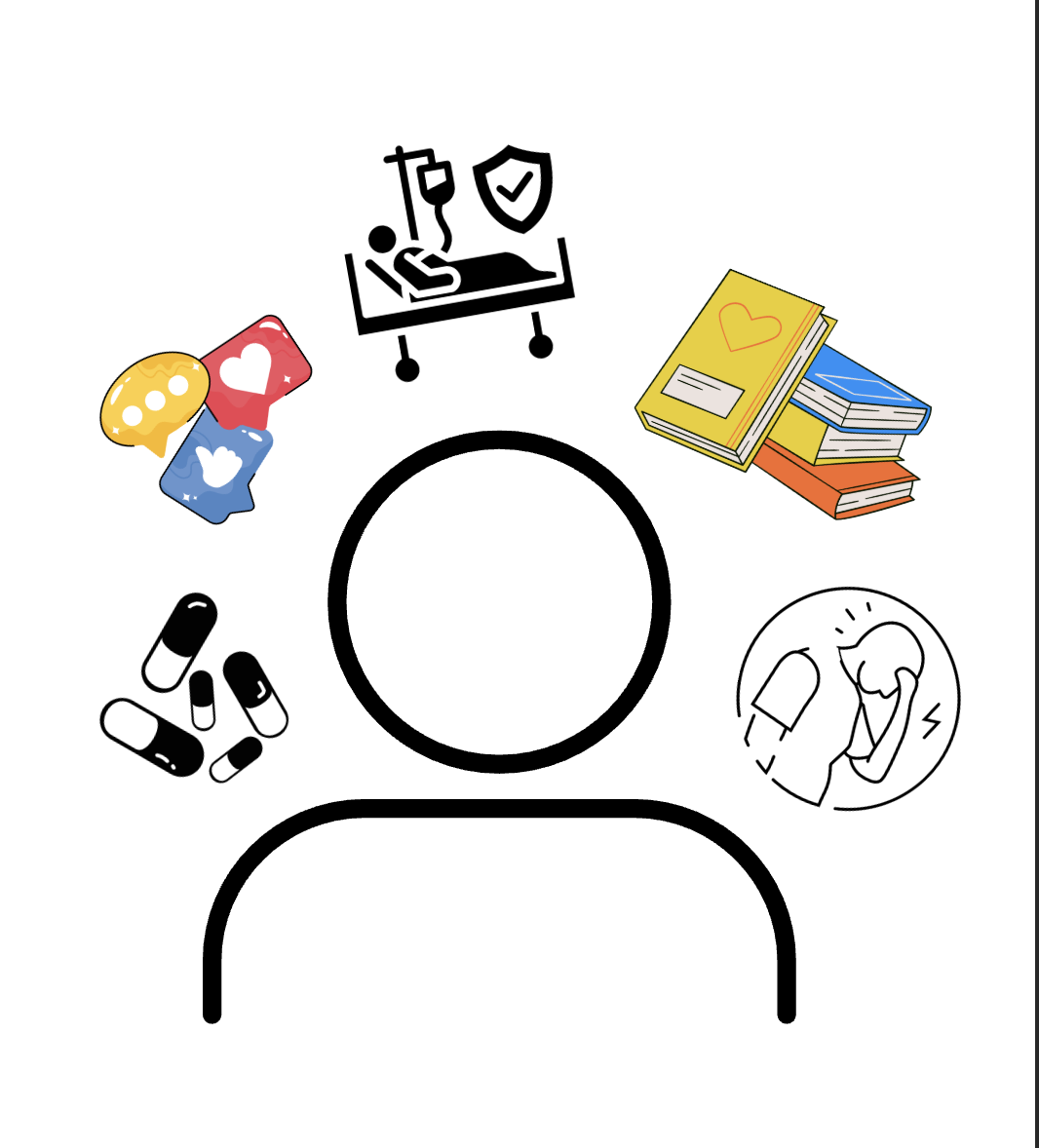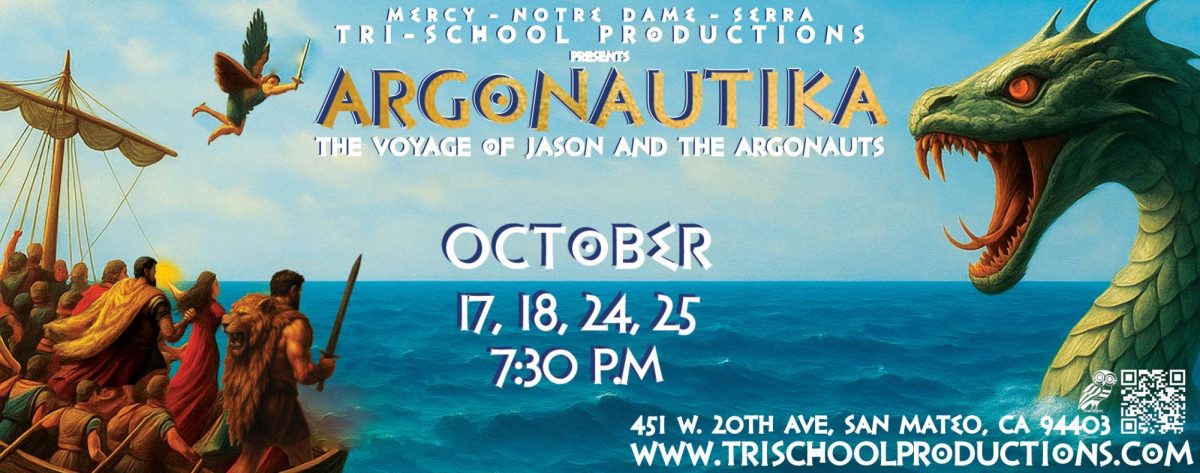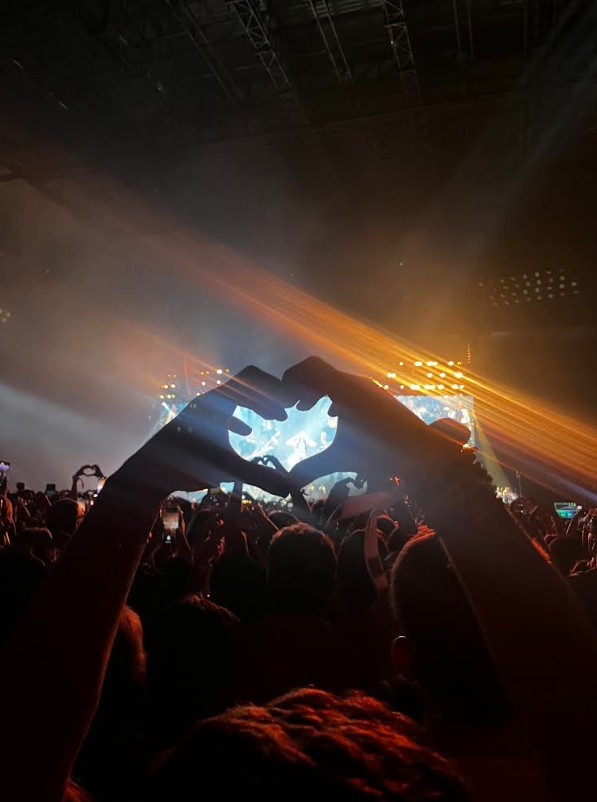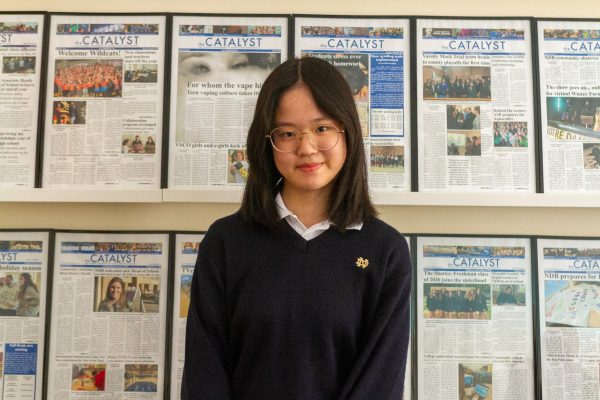Traditionally, science and art are described as distant from each other, with the former requiring reason while the latter relies on sensitivity and creativity. However, there is always a connection, and science programs at NDB allow students to use their talents fully.
The Forensic Science elective encourages students to work hands-on, whether in a fingerprint lab or the final project, where students combine all their knowledge and create a mock crime scene. After investigating mock crime scenes staged on campus, students apply techniques like fingerprint analysis and bloodstain pattern evaluation to uncover evidence. They then step into the courtroom, taking on roles like judges, lawyers and clerks to conduct an ongoing trial that brings their findings to life.
“In forensic science, we have a lot of creative projects. The students just did a research project about drugs, and then they created slides and presented them to the class. They had to make slides or brochures about different things,” said Forensic Science teacher Isabelle Haithcox.
It is essential for science courses to incorporate artistic components as they add enjoyment to students’ daily studies.
“I really like art. I like the idea of drawing also. I do want to be a better artist than just in-class doodles. I really like that we have the option to take classes in learning art; it adds a lot more fun into my homework schedule,” stated sophomore Margo Gallegos.
Biology also integrates visual learning by utilizing sketch notes to document plants and animals. Creativity is essential for depicting characteristics and features and accurately representing what a specific creature looks like. Those in Biology Honors have also shown artistic skills by creating brochures and online posters about different types of cancer.
Similarly, Precalculus Honors students are doing a project combining the unit circle with circular objects. Students can make it in either 2D or 3D, with ideas varying from pineapples, dartboards or even tellurians. Ensuring accuracy, the colorful images and unique designs will add some artistic elements to it.
Artistic projects are important to implement in the sciences as they encourage students to learn through problem-solving and creativity. The innovative process of turning one’s ideas into reality is both rewarding and motivating for learners, overall creating a greater understanding of the subject.








